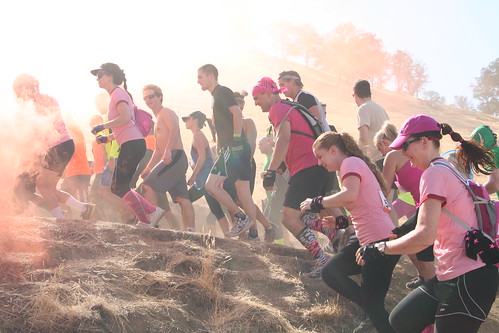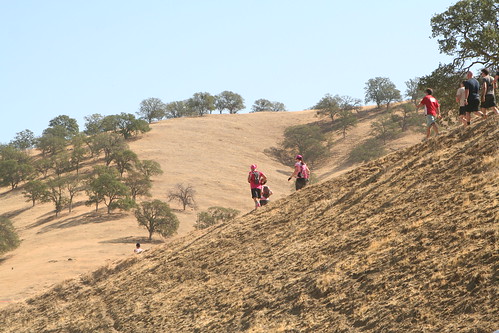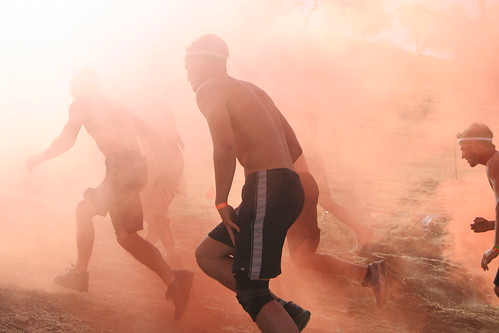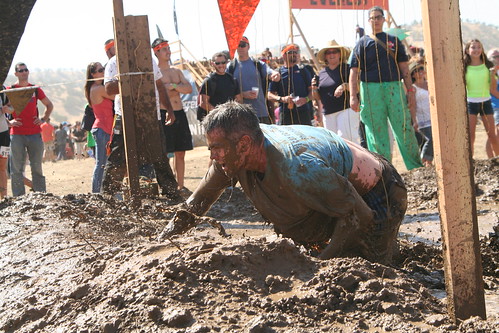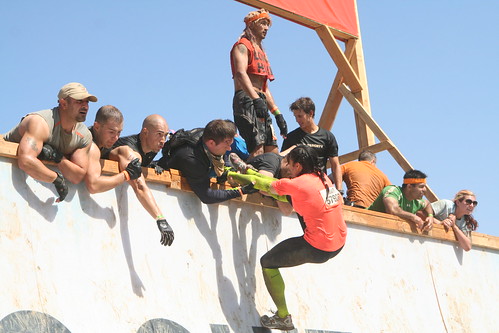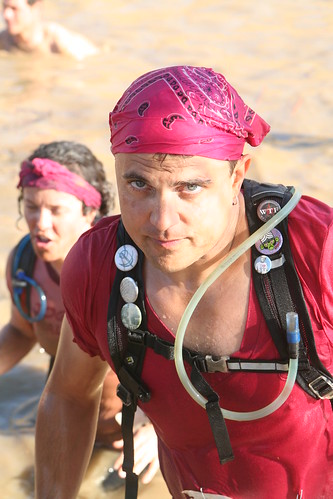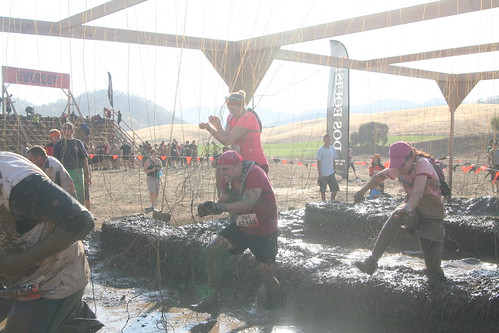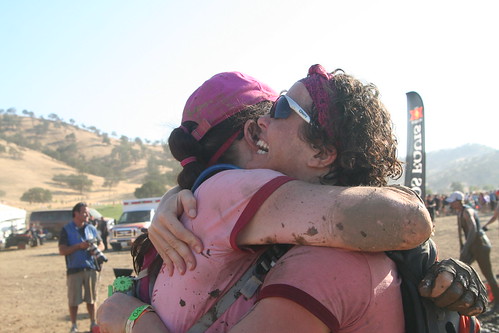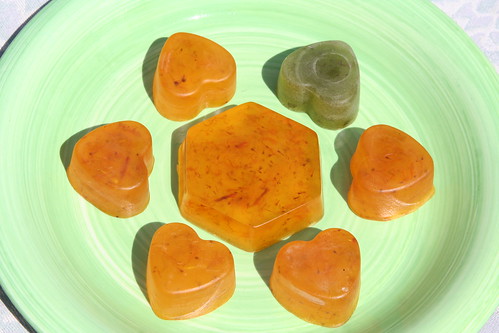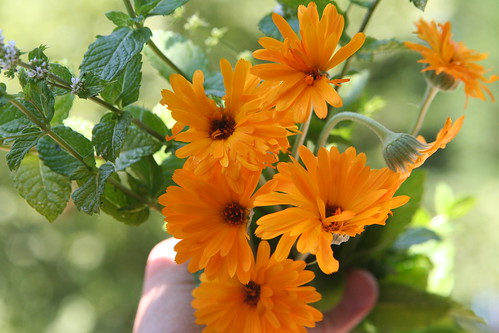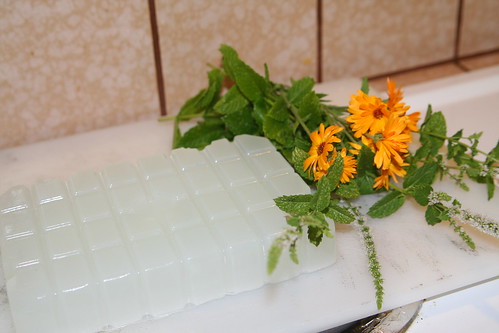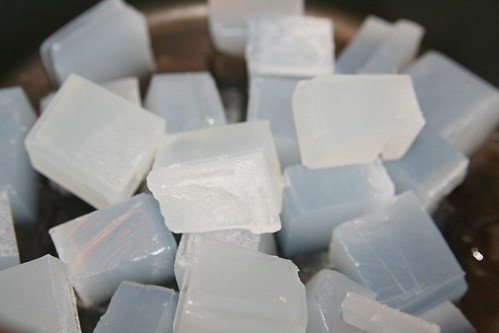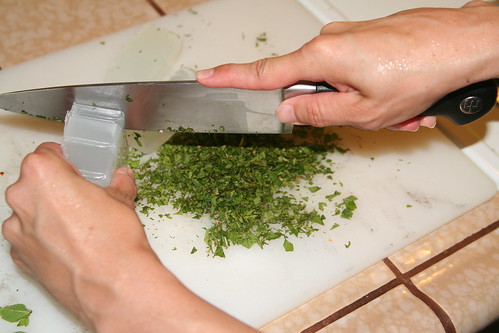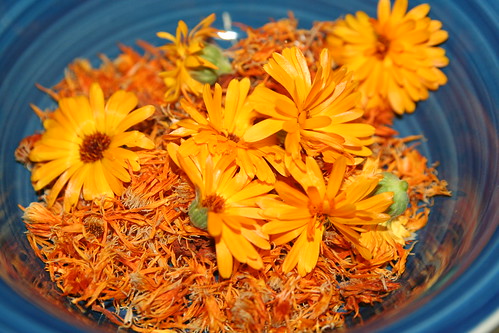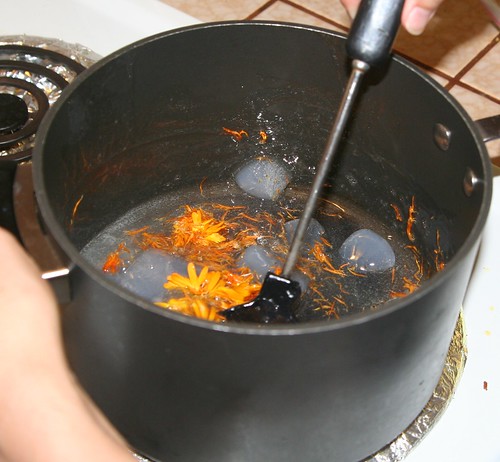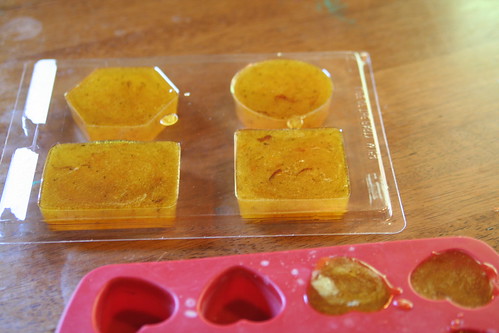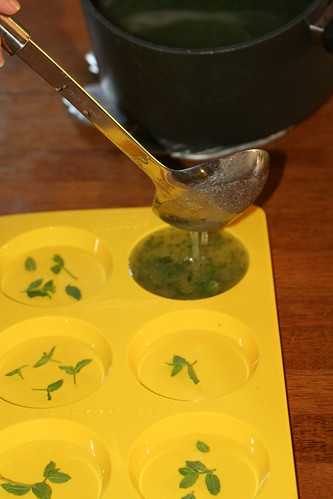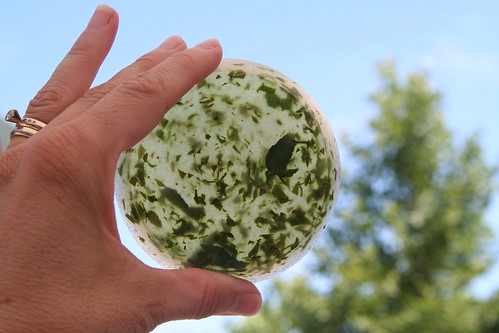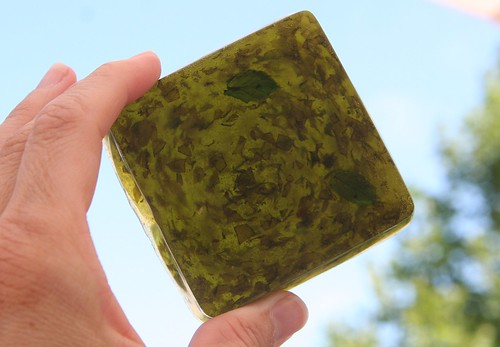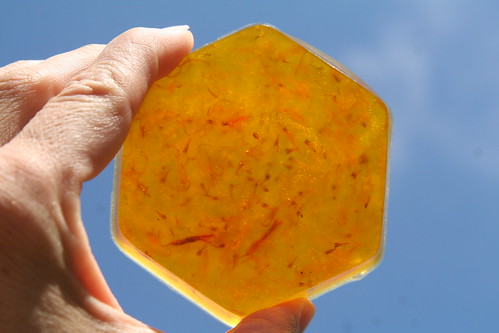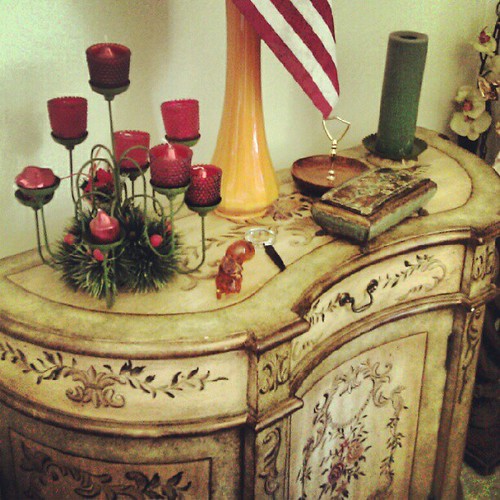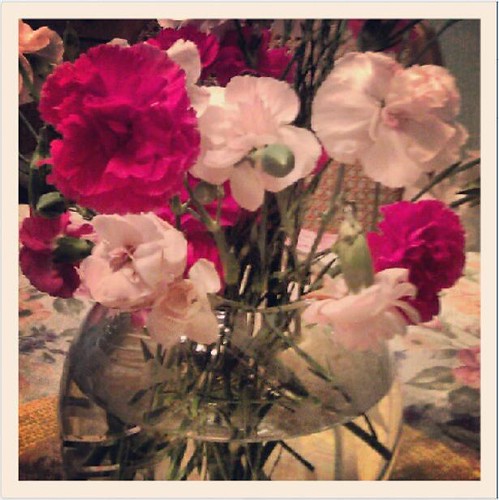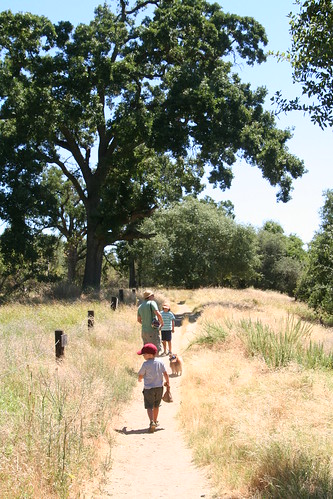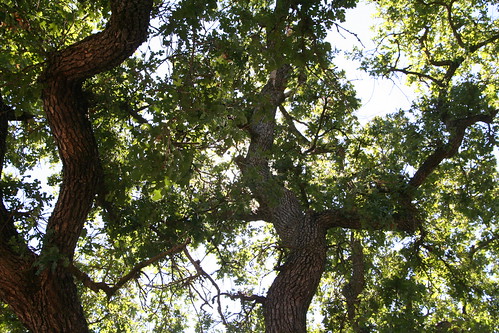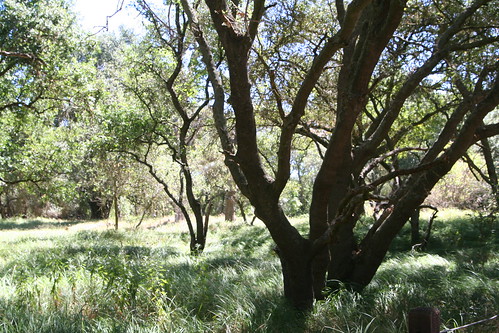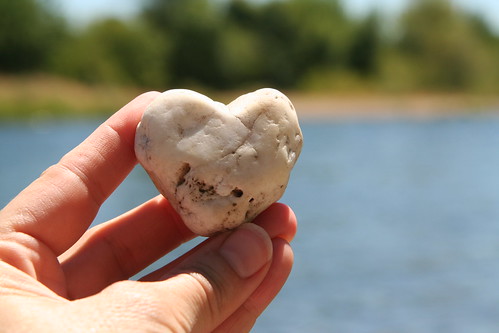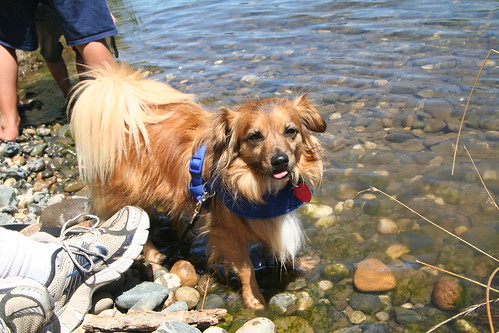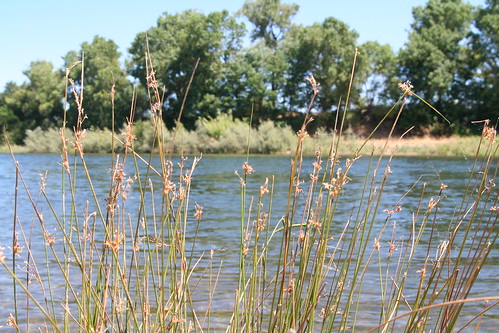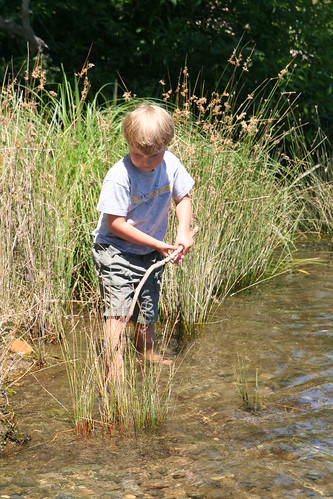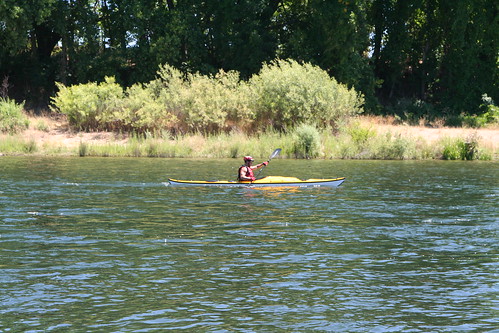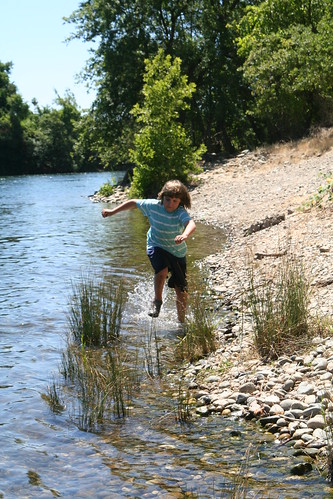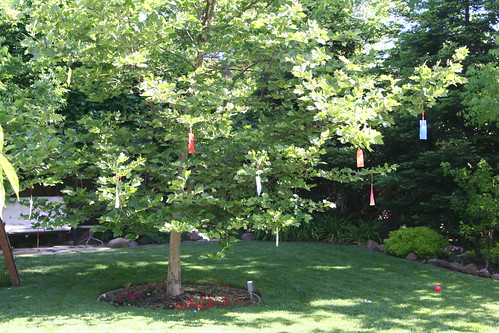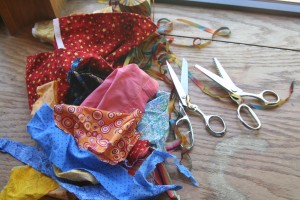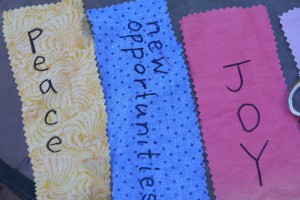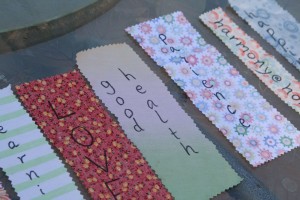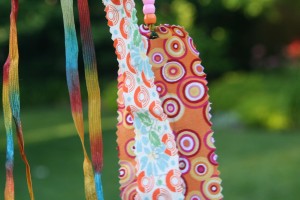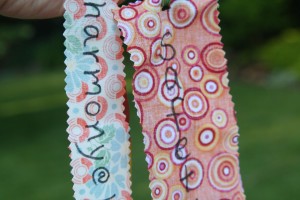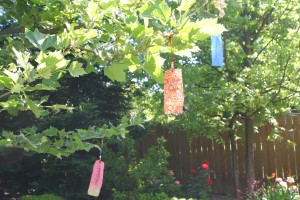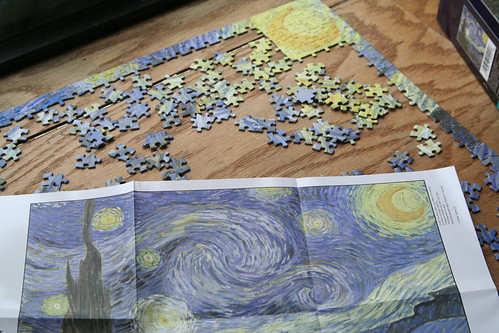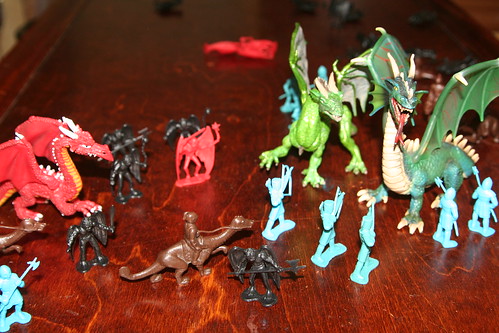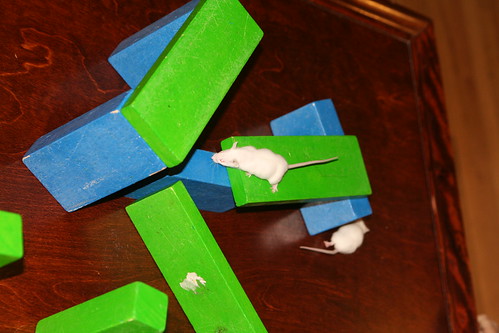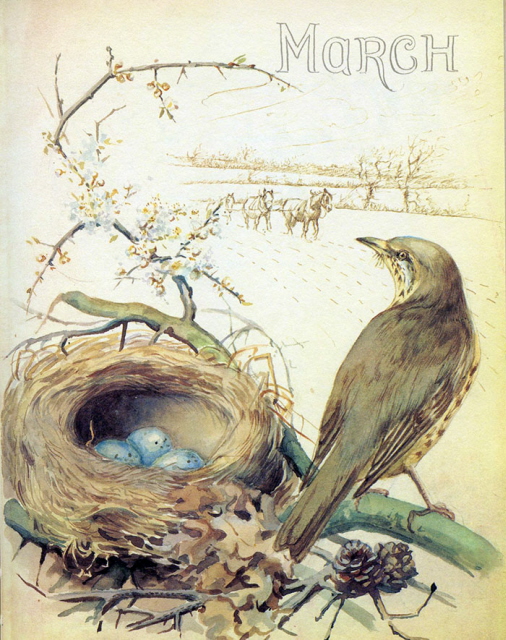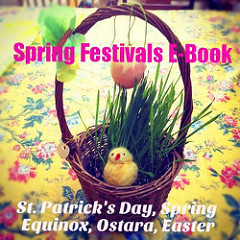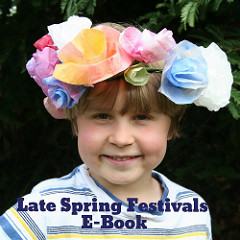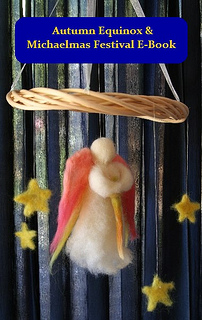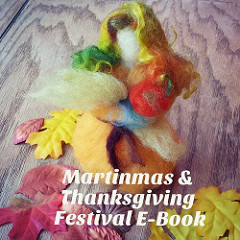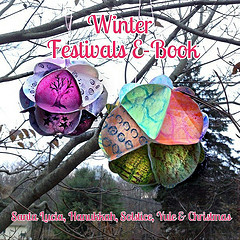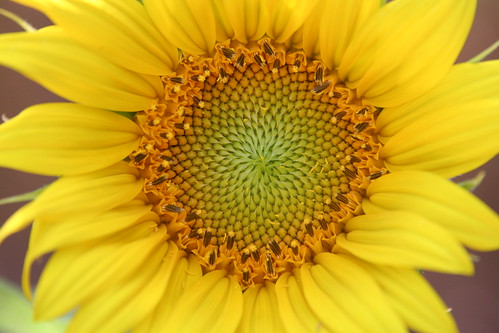
If you have a sanguine temperament, you probably never even think about optimism, or being optimistic—you just are upbeat most of the time. Not everyone is naturally optimistic, though. As caregivers and parents, optimism can be one of our most valuable personal resources. Finding ways to cultivate optimism in our lives is highly rewarding and will provide a fount of energy and love that we can draw from, especially when times get tough or we’re having a challenging day.
But what is optimism? Some would say it is hope, or the expectation that the future will bring good things. Some would define optimism as a tendency to think of life and the event unfolding around us in a positive light, to see opportunity in change, to see good outcomes when we imagine what is to come.
There is a well-documented connection between optimism and good health—and the converse. The mind-body connection is being validated by scientific research, and has long been understood in many cultures. The Latin word optimum means “best.” So how will you be your best self, live your best, do your best, and reap the best outcomes for your efforts?
Even if it’s not your tendency to be optimistic, you can cultivate optimism in your life for your own benefit and the benefit of those around you. Patterns of optimistic thinking can be learned. Here are some things you can do to nurture an optimistic outlook. I know because this is something I work on all the time.
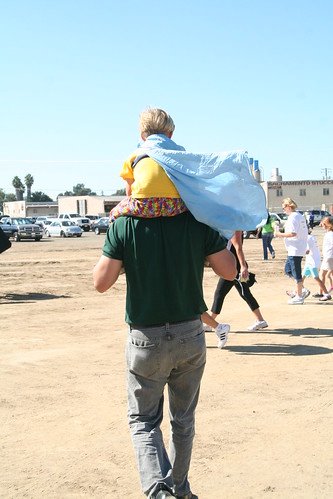
Get some exercise. Exercise has so many benefits, which we’ve all heard before. But the positive impact of exercise on your emotional and mental state is just exactly what you need to be optimistic. Not only does exercise provide you with a boost to your physical energy and emotional well-being, it’s also a way of investing today in your healthy, happy future. You want to be around to enjoy those grandchildren and great-grandchildren, to fulfill your life goals, and exercise is the ticket.
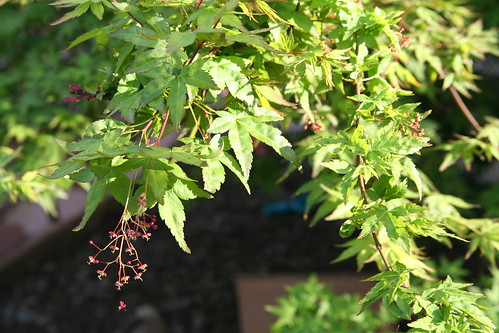
Plant a tree. By planting a tree, you are symbolically looking to the future. You plan where it will go in your garden, imagine its height and breadth as it grows, how it will cast shade, and even perhaps that you will someday picnic under its canopy. What else will your tree bring you and your family? How else might it bring you joy? As you watch your tree grow, you have a symbol of your optimism.
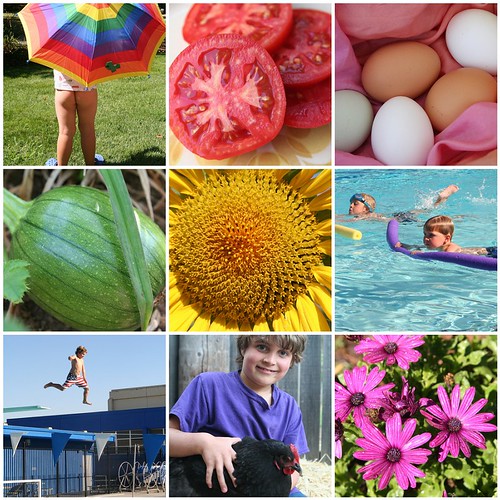
Practice “prenostalgia.” OK. My husband and I made up that word, but I think it works. By prenostalgia I mean imagining a moment in the future when you might look back and fondly remember this time in the present. I guess that’s a kind of funny way of saying be mindful of this moment, and take some steps to ensure that you can enjoy it later, too. Take up scrapbooking, for example, or journaling, or blogging. If you‘re a shutterbug like me, realize that every photo you snap is a simple act of optimism. You are investing in your future enjoyment of life, just as much as you’re enjoying the present.
Prepare a time capsule, or a hope chest, for your children. Add to your time capsule, little by little, through the years. It can contain artworks, special items of clothing, and other mementos. A hope chest traditionally is a collection of things that a grown child will need when she or he reaches adulthood. Exercise your imagination. What will your child like to have in the future?
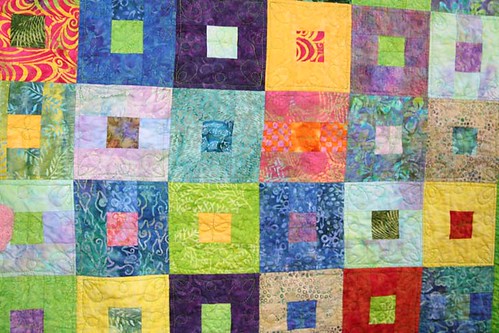
Make a handmade quilt. There’s nothing quite like a quilt as a symbol of love, warmth, and home. Stitch by stitch, you can sew in your hopes for the future, for the world, and for your beloved family members. While you work, imagine how this quilt you are making will be used, who will use it, and how it will be treasured because it came from your hands and heart.
Save some money. I look on each dollar I save for my sons’ college education as an exercise in optimism. No matter how small the amount, saving money is a way of planning for a good future. Perhaps it’s savings for your children or your own retirement; perhaps it’s for a special family vacation or for your dream home. Whatever you save for, you are acting out of hope and it feels good.

Make a microloan. Sorry to mention money twice in a row, but I think this one is great. Microloans are tiny investments in people and small businesses, especially in developing nations. There are several reputable organizations that can match micro-investors with people who need small amounts of cash (sometimes as little as $25) to get a business off the ground, thereby increasing the safety and health of their families and communities. This small investment is an act of trust and optimism, a testament to our faith in human nature and good in the world. An individual does have the power to change lives for the better, which is a way of changing the world.

Find the positive. Take a moment to find the positives in every situation, especially in those that are seemingly bad or discouraging. This silver-lining thinking may require some deep soul-searching and some practice to make it a habit, but if you make a concerted effort to change your negative thoughts to positive ones, you‘ll be learning optimism.
Say it aloud. Whenever you are feeling good about the future or confidence in yourself or others, say so out loud. Not only will you be sharing compliments and your happy expectations with others, who will surely benefit from hearing it, but also you will benefit from hearing yourself being positive and hopeful. Furthermore, be aware of your inner self-talk and compliment yourself when you do something well, when you make the extra effort, when you give of yourself, when you act out of kindness. Positive affirmations can help cultivate an optimistic outlook on life.
These few simple things, practiced and perfected over time, may just alter the way you look at everything. Soon, your own eyes will sparkle with hope and excitement in just that same magical way your child’s eyes do.
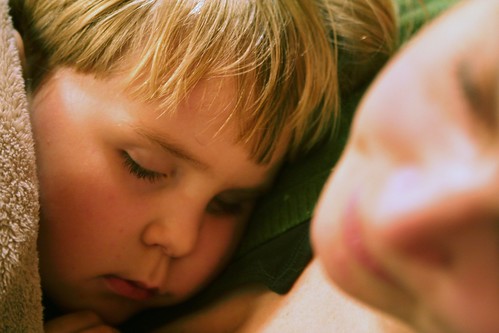
Finally, be gentle with yourself. You already are optimistic, even if you don’t realize it. Here is the proof: By spending time caring for children, you are engaged in faithful, optimistic work every day, striving toward and cultivating a bright, beautiful future world.
(This article was originally published in the Little Acorn Learning June Enrichment Guide in 2011. Check out all their many wonderful offerings at Little Acorn Learning.



